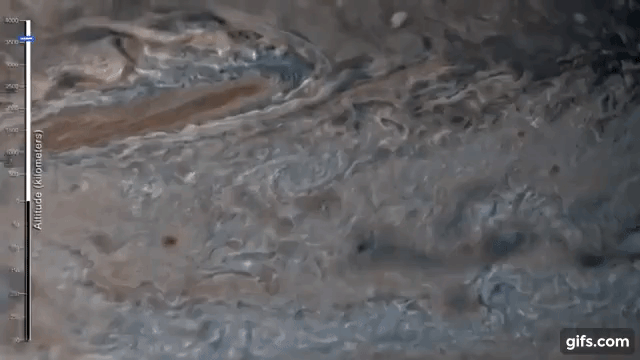
The classic double-slit experiment leads to characteristic interference patterns.Credit: Russell Knightly/SPL
A celebrated experiment in 1801 showed that light passing through two thin slits interferes with itself, forming a characteristic striped pattern on the wall behind. Now, physicists have shown that a similar effect can arise with two slits in time rather than space: a single mirror that rapidly turns on and off causes interference in a laser pulse, making it change colour.
The result is reported on 3 April in Nature Physics1. It adds a new twist to the classic double-slit experiment performed by physicist Thomas Young, which demonstrated the wavelike aspect of light, but also — in its many later reincarnations — that quantum objects ranging from photons to molecules have a dual nature of both particle and wave.
The rapid switching of the mirror — possibly taking just 1 femtosecond (one-quadrillionth of a second) — shows that certain materials can change their optical properties much faster than previously thought possible, says Andrea Alù, a physicist at the City University of New York. This could open new paths for building devices that handle information using light rather than electronic impulses.
Romain Tirole, a quantum physicist at Imperial College London, and his collaborators shot an infrared laser at a surface made of layers of gold and glass with a thin coating of indium tin oxide (ITO), a material common in smartphone screens…
Continue reading at: Light waves squeezed through ‘slits in time’
Kermit is an omnicompetent individual who grew up in a former bawdy house before relocating to his state’s capital city. His family includes many talented artists and an uncle who founded The Church of Bigfoot. He has a passion for storytelling often exploring new ways to engage audiences.









Recent Comments